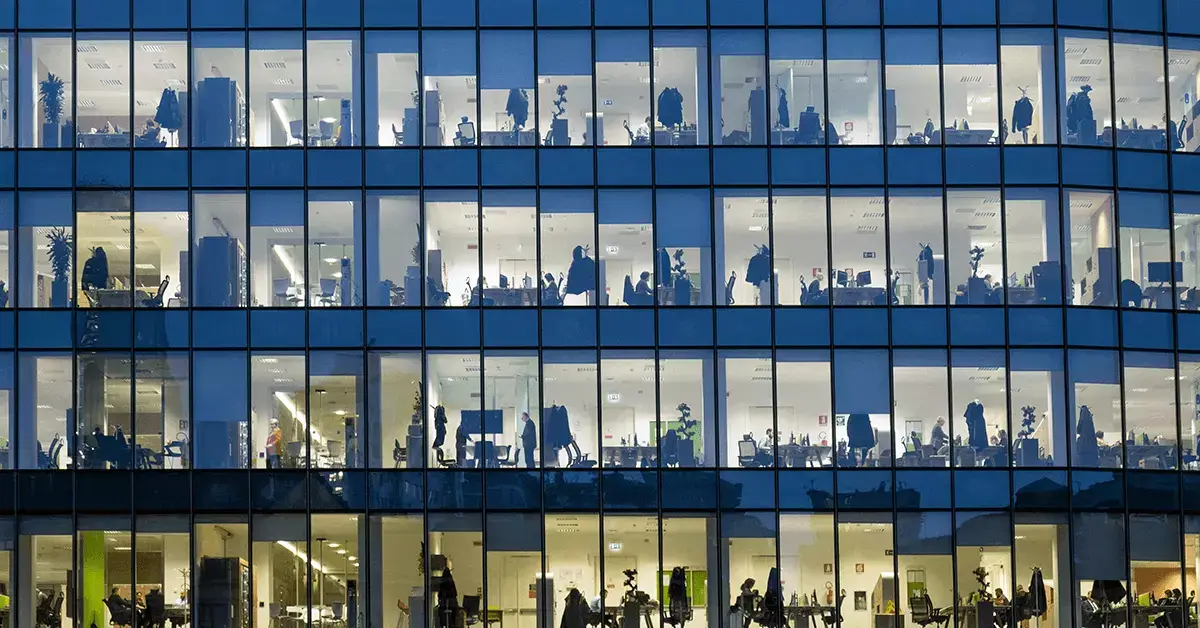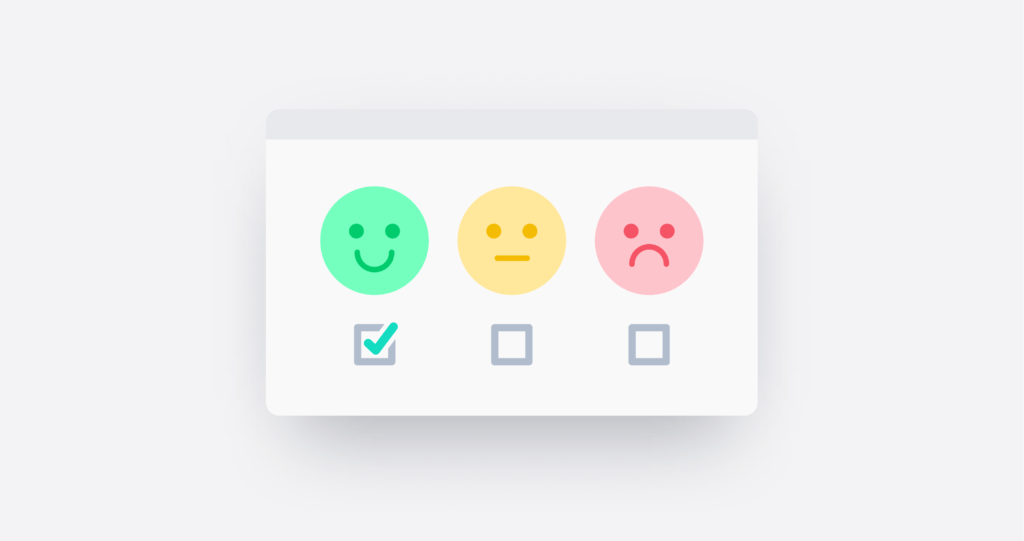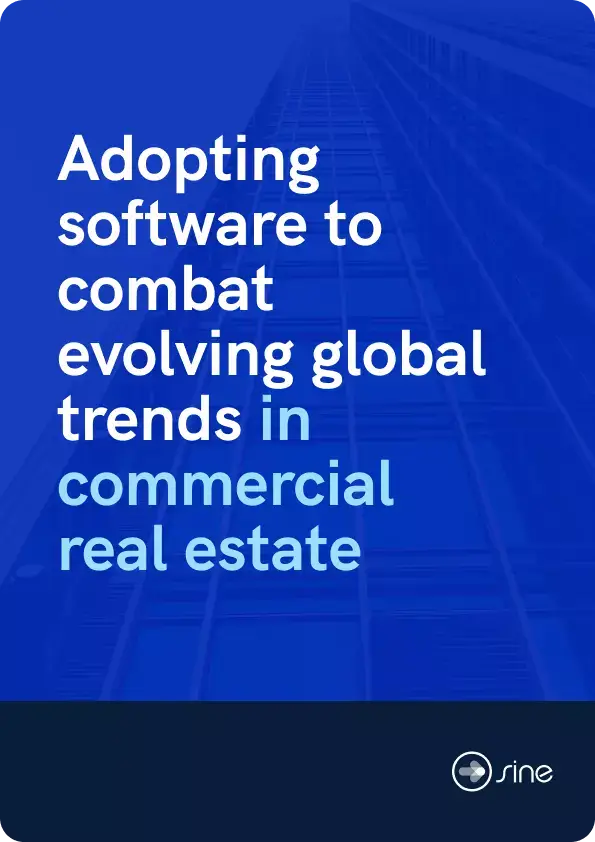
Workplace experience looks completely different than it did two years ago. While companies are increasingly eager for a post-Covid return to work, hybrid and remote workers are less enthusiastic. We have yet to see what the "new normal" will actually look like.
In many ways, employees are in the driver's seat in today's job market, with 11.2 million jobs open in July 2022. That's nearly two jobs for every one person looking for work. But the pandemic forced workers to rethink their career goals and job standards. As a result, more people are willing to quit or change jobs if their employers don't satisfy their criteria for gainful employment. New workers have more negotiating power – at least for now.
Below, we'll look at how the workplace experience and employee expectations have changed over the last two years.

Employers are increasingly eager to have employees return to their physical, on-site offices from remote work. While some workers will be given the option to retain some sort of hybrid work schedule, other employers feel it's vital to their company culture to have everyone in the office.
In 2021, employers put out feelers about getting employees back to their desks after Labor Day. In 2022, it's looking more like an ultimatum – and it's one that workers are protesting. For example, at the end of August 2022, over 1,300 New York Times workers threatened to strike over return to office demands. At Apple, employees launched a petition against their employer's demand that corporate workers return to their offices at least three days a week. While Amazon, Microsoft, and Alphabet (Google's parent company) have expectations similar to Apple's regarding on-site work, companies such as Airbnb and Meta (formerly Facebook) have embraced remote work. However, at Tesla, Elon Musk is facing worker backlash over strict rules that employees will face termination if they do not spend 40 hours a week in the office.
Companies may be frustrated when employees voice their frustration through the press or strike to achieve their goals, but these are typically less disruptive to a company than losing their employees altogether. However, many companies have faced just that as trends such as The Great Resignation and "quiet quitting" have come to the fore. The Great Resignation (or Great Attrition) began in earnest in the Spring of 2021 and continues today as workers walk away from jobs that don't offer flexibility or emphasize worker health. This trend has struck fields like healthcare and technology the hardest in the aftermath of the COVID pandemic. Quiet quitting refers to the trend of people scaling back their work duties to the bare minimum and dropping out of sight as they prioritize their mental health and avoid the burnout that can come with overwork.
Both of these trends have their roots in the differing priorities of workers and their employers, especially when it comes to what executives think work should look like.

Discover digital solutions and strategies to help future-proof your operations.
A June 2022 Gallup survey of over 8,000 remote-capable U.S. employees showed that the number of people wanting to work exclusively from home doubled since October 2021. Gallup found that roughly 70 million workers (or 56% of the full-time U.S. workforce) say their jobs can be done from home. Strikingly, 60% of fully remote workers said they would be willing to look for alternate employment if they weren't offered at least a hybrid work schedule.
Why is there such a disconnect between executives and employees regarding remote/hybrid work? Questions like this have been the subject of dozens of research studies and polls over the last two years.
Some of the explanations for the disconnect on the workplace experience include:
The future of work requires companies to retain as many valuable employees as possible in the face of widespread changes in workplace expectations. To stay competitive at a time when employees are willing to leave to find better arrangements, employers are likely to stay competitive via open communication with employees about what makes them feel safe, fulfilled, and valued.
The pandemic is not over (so we have yet to see what a "post-pandemic" workplace is like). However, it's likely to become endemic or otherwise manageable for at least some workers in a way that makes remote work a privilege rather than a necessity.
In light of these challenging times, how can a company walk the line between what's best for business and what's best for workers? This question is especially challenging when office work is required to some extent. In these cases, new office strategies are required to make workers feel heard and address their concerns about burnout.
At the moment, there seems to be no consensus about the ideal hybrid work arrangement and how much time employees should spend in an office building. However, there are good reasons to maintain an office and encourage a return to work for some employees. For example, less experienced workers may need more professional experience and face-to-face meetings.
Now the question is: what are some strategies for helping people return to work safely and happily, at least a few days a week?
For starters, employers can:
It's essential to communicate with employees about the benefits they get while working from home and see if those can be replicated in some way in the workplace (even if that means relaxing the dress code, reducing the number of meetings people must attend, and providing more on-site wellness benefits).
Everyone has different motivations for working. But when employees are asked what keeps them in their positions or causes them to seek out new opportunities, there are specific things they tend to look for, including:
With some companies instituting strict return-to-office protocols, we'll soon find out how well this works when it comes to retaining employees. As it stands, an overwhelming number of workers want some flexibility regarding work hours and locations.
If remote work isn't viable for your business, some type of hybrid work may be an option - and it's one that employers may need to consider since it's at the top of the employee wish list.
Opportunities to stay healthy (whether it's an updated HVAC system that guarantees fresh air or new construction that takes worker wellbeing into consideration) are key to retaining employees and encouraging them to return to the office.
Cultivating healthy workplaces also includes being mindful of the mental health challenges that workers face and the increasing tendency of younger workers to expect mental health resources from their jobs.
Considering the mental health of employees while building everything from new facilities to job descriptions is important, but so is giving workers access to mental health care through their benefits plans.
A 2021 study found that 68% of workers worldwide felt unsafe in the workplace. A commitment to workplace safety shows your workers they are valued and that you care about their short and long-term wellbeing. An unsafe workplace can come in many forms, from poor compliance procedures to an open-door policy that fails to protect workers from violence or illness.
Whether you need a system to track appropriate PPE or a system to manage who can enter your building, there are more opportunities than ever to protect employees.
Internal mobility is crucial to job satisfaction and can motivate workers to put in more facetime in the office and see themselves as a long-term member of an organization.
Of course, if an employee doesn't feel valued or safe in the workplace, there's no reason for them to want to stay with an organization.
People work to live; they don't live to work. While the numbers make it look like people are comfortable simply quitting their jobs. But travel data shows that one possibility is that workers without the possibility of vacation time are actually leaving their posts in order to take some travel or family time before finding new employment.
One way to retain the best talent when workers are more focused than ever on prioritizing life experiences is to offer the option of time off and even paid vacation time.
It may seem like a no-brainer, but when companies spend money on other workplace benefits, they sometimes forget that the main reason people come to work is to earn money.
Professional fulfillment is also essential, but it doesn't come second to being able to pay bills, access healthcare, and enjoy the many things in life that are not free.
Of course, there are many more items on employee wish lists, such as visible and sustained commitment to diversity and inclusion (DE&I) initiatives and company commitments to moral causes. These desires belong to in-person, hybrid, and remote workers alike.
While many of the expectations workers have of their employers have remained the same over time, the COVID pandemic gave everyone a chance to rethink their personal and professional priorities. Over the last two years, flexibility in the form of hybrid work, the desire for work-life balance, and the expectation of safety have risen to become non-negotiable for many people who have a choice when it comes to employment.
Luckily, there is technology that can help employers offer all of these benefits to employees.
To learn more about how Sine can help your employees, tenants and visitors stay healthy, productive, motivated and safe, visit sine.co/sectors/facilities.